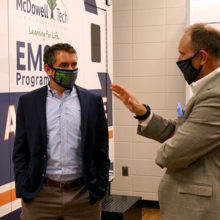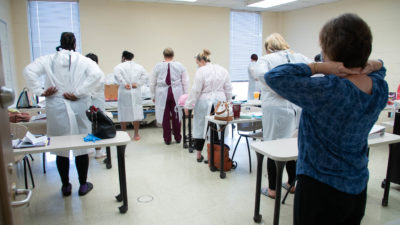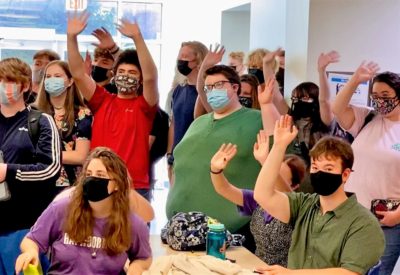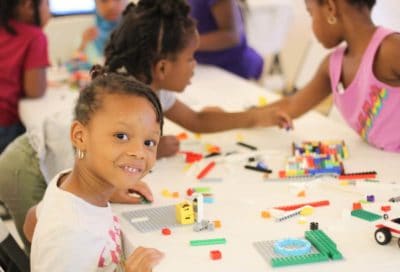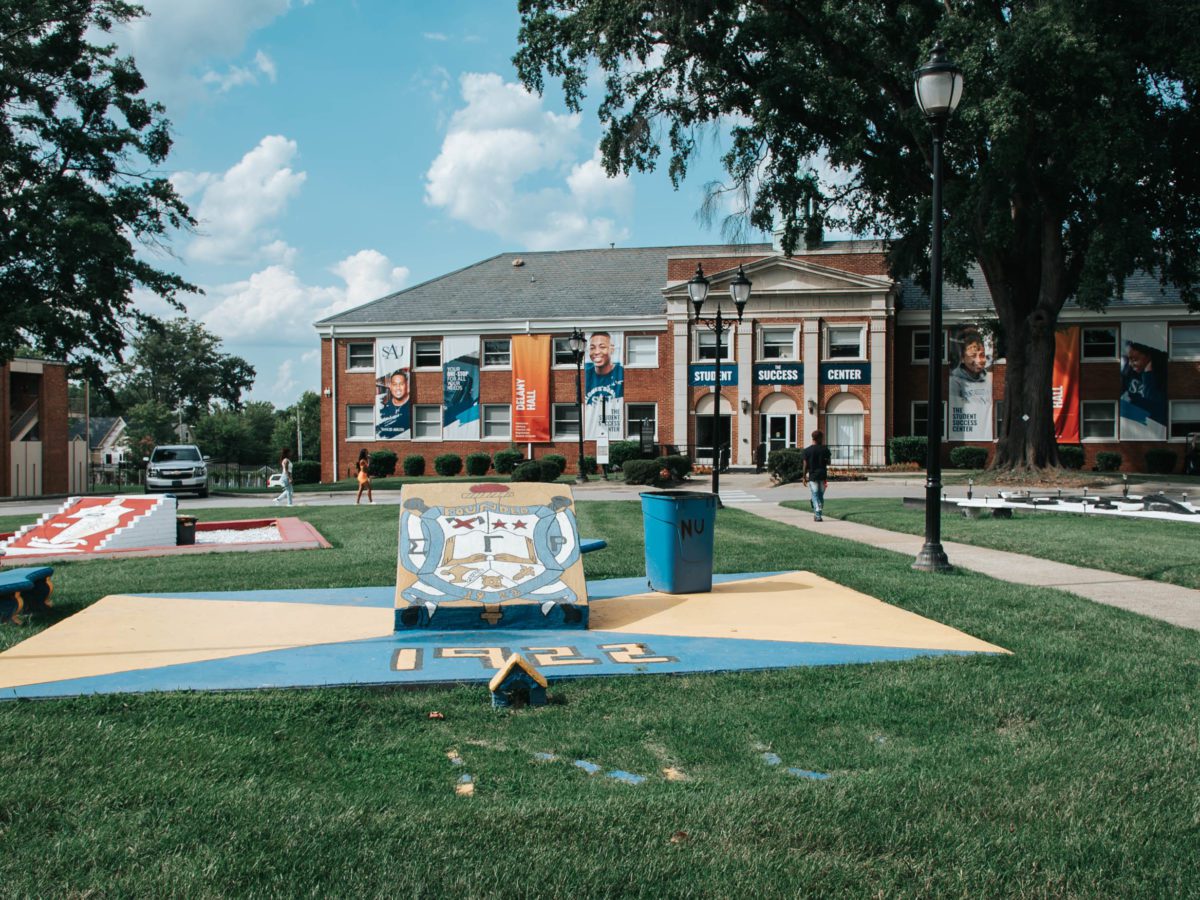

Saint Augustine’s University (SAU) was launched in 1867 as the St. Augustine Normal School and Collegiate Institute. The school was founded by reverends and leaders from the Episcopal Church to educate Black children and train teachers. The school would go on to become a college in 1883.
In 1927, SAU became a four-year college with the class of 1931 receiving the first bachelor’s degrees from the institution.
SAU is now led by Dr. Christine Johnson McPhail. McPhail has set a clear vision with her leadership team.
Our University community works toward two wildly important goals (WIGS): student success and sustainability of the institution.
Dr. Christine Johnson McPhail, president of Saint Augustine’s University
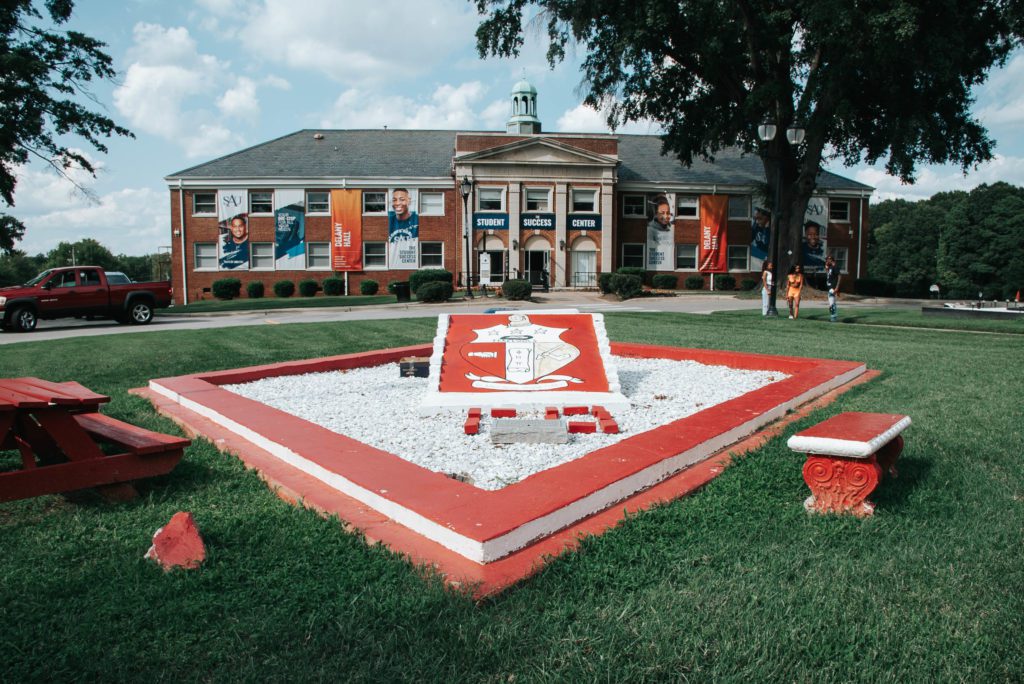

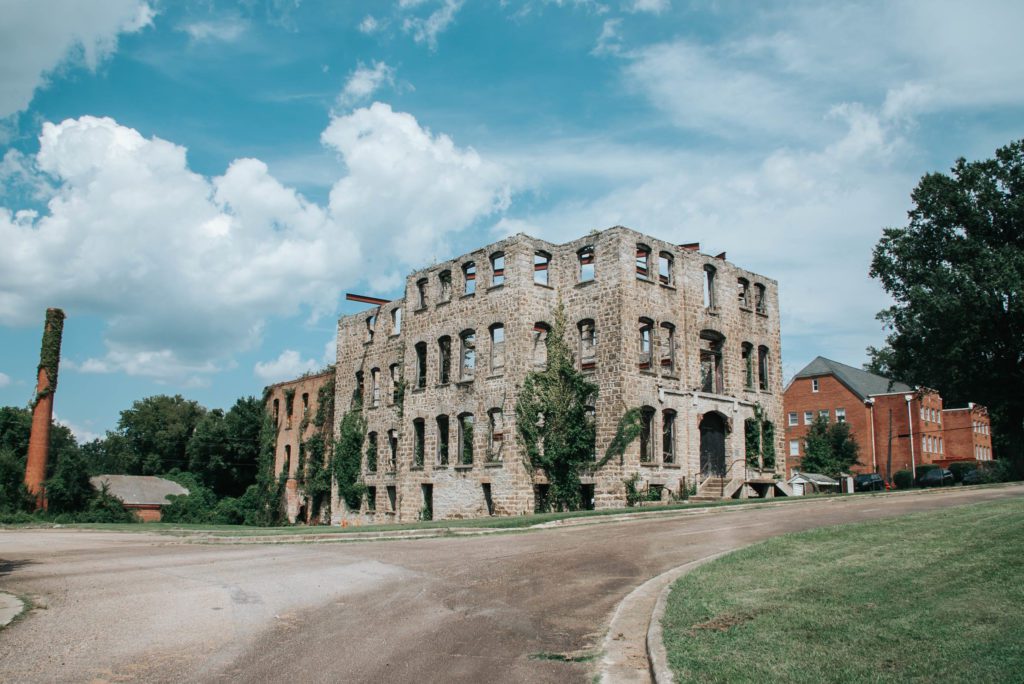

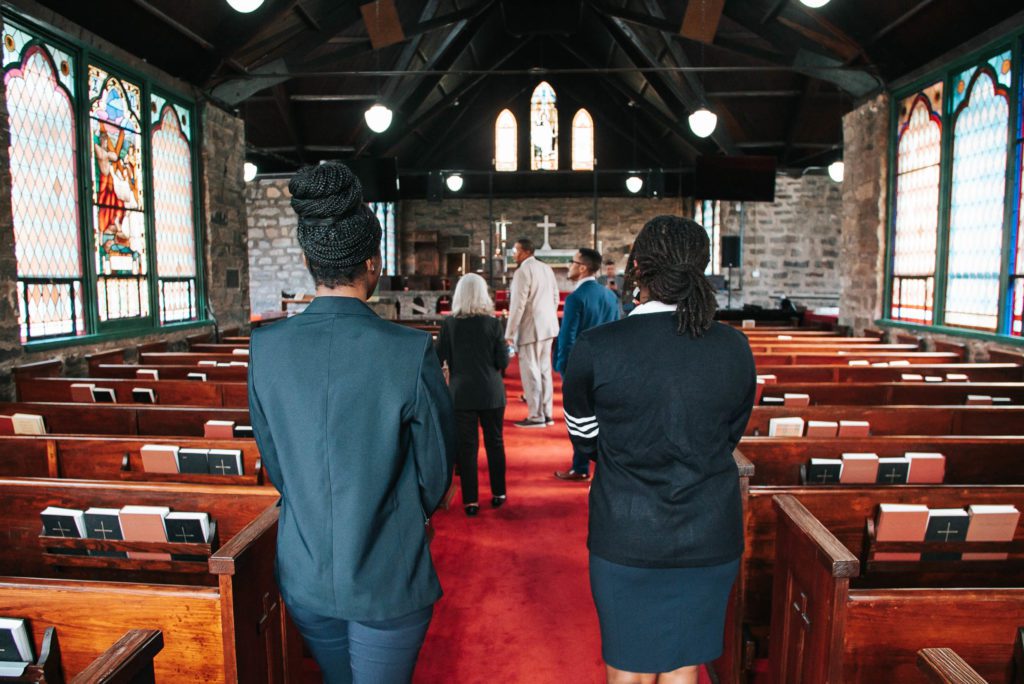

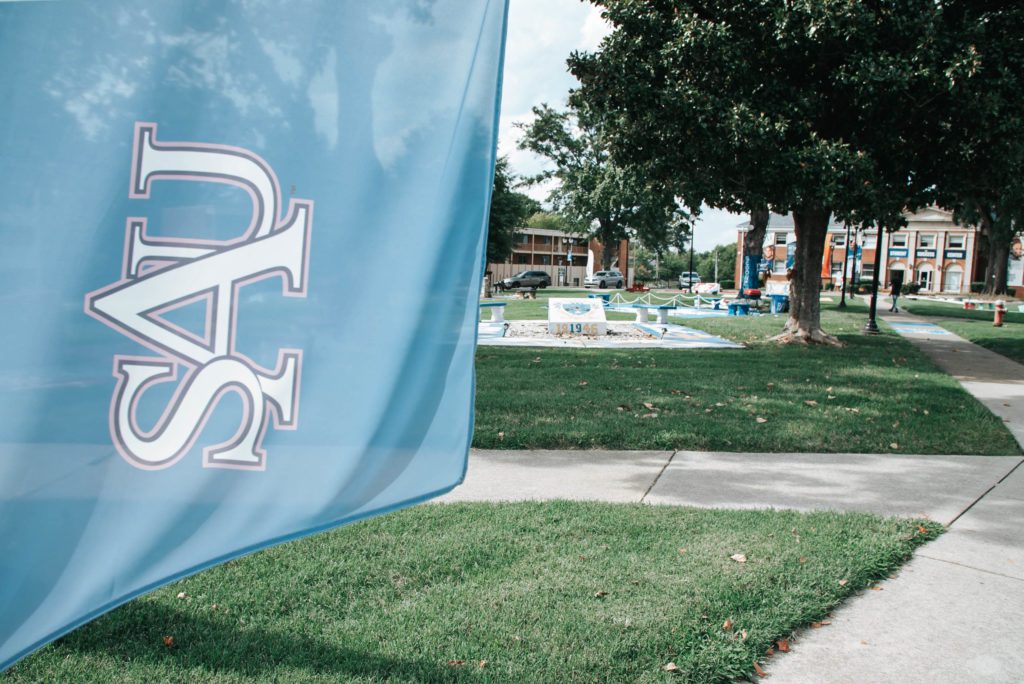

Dr. Leslie Rodriguez-McClellon, senior vice president of student experience and operations at SAU, shared that the college’s mission and vision is about preparation — supporting the preparation of students for college, preparation for the world of work after college, and preparation for adult learners as they enter (or reenter) college.
What does preparation look like for Saint Augustine’s students?
This emphasis on preparation and learning takes many forms.
“Falcons Ascend” is an early intervention program located in several Raleigh high schools that is designed by the college to get students ready for their post-secondary careers.
SAU also has a College Readiness Academy that focuses on reading and math skill enhancement.
“Our core belief is that we do not make a mistake in admitting a student — so once you’re an SAU student we are here to support you.”
Dr. Leslie Rodriguez-McClellon, senior vice president of student experience and operations at SAU
TRIO programs — called “TRIO” because there were initially three programs — are part of SAU’s body of work and are federally funded. They include outreach and student services programs that serve first generation college students and low-income individuals.
Antonio Stephens, director of TRIO programs for SAU, shared that the university’s approach is designed around supporting students on their math and science academic journeys.
“We know anxiety about math and science is a real detriment for our students,” noted Stephens as he described their efforts in eastern North Carolina to expose students to STEM broadly — as well as SAU specifically.
SAU has a summer bridge program aimed at preparing students for college success before they enroll if they need additional work to become college ready for the fall. It also hosts a Wake County Early College on campus. All of this work to prepare and serve their students is in support of the overall SAU mission.
“We meet our students where they are — and we work to move them forward,” Stephens said.
Saint Augustine’s role in Raleigh
Veronica Creech, vice president of economic development and external engagement of SAU, noted the institution’s ambitions go beyond the campus walls. SAU has embraced a lofty ambition centered on the concept of “the 20 minute neighborhood.”
It hopes to play a key role in creating local employment opportunities through supporting entrepreneurship among their students and alumni, local schools, lifelong learning opportunities, green spaces, and more.
For more details check out the presentation below:
20 Minute Neighborhood at SAU by Nation Hahn
The vision, according to Creech, is to see their community rebuild from a place of inclusion.
“Entrepreneurship is an essential act for our students and alumni,” said Creech.
And, in the view of Creech and the executive leadership team for SAU, it is entrepreneurship, SAU’s assets, and SAU’s rich history that will allow it to play a role in helping their neighborhood continue to rebuild from both the Great Recession and COVID-19.
(Re)imagine SAU
As SAU moves forward, they have a strategic plan aimed at reimagining the university.
The plan is focused on student success, community engagement, and financial stewardship.
Their mission: “Saint Augustine’s University’s mission is to sustain a learning community in which students can prepare academically, socially and spiritually for leadership in a complex, diverse and rapidly changing world.”
Their vision: “Saint Augustine’s University will be a nationally recognized, premier, learning-centered, private HBCU that emphasizes academic excellence; student success; and workforce, economic, and community engagement with a particular focus on STEM education and careers, innovation and entrepreneurship, and the eradication of racial disparities.”
Their strategic priorities include:
- Stabilize enrollment and improve retention.
- Enhance infrastructure including facilities, human resources, and technology.
- Enhance curriculum and academic support services.
- Strengthen business practices and increase external resource development outcomes.
- Rebuild internal trust, community engagement, and strategic external partnerships.
You may find the full plan by clicking here.
When we visited SAU, we were treated to a moving performance recounting the history of the institution. You can watch the performance below.
